1. “Do You Actually Mean That?”
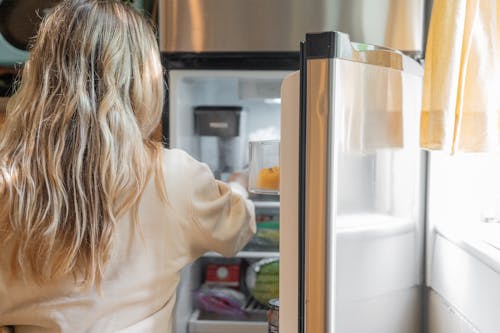
It sounds generous, but guests often wonder if it’s just a polite phrase. Are they really allowed to open the fridge? Kick off their shoes? Change the music? Without clear cues, “make yourself at home” can feel more like a social script than a sincere invitation.
If you truly mean it, show it—offer a drink, point out where things are, and give permission with actions, not just words. Hospitality is in the follow-through, not the phrase.
2. “Where’s the Bathroom Again?”
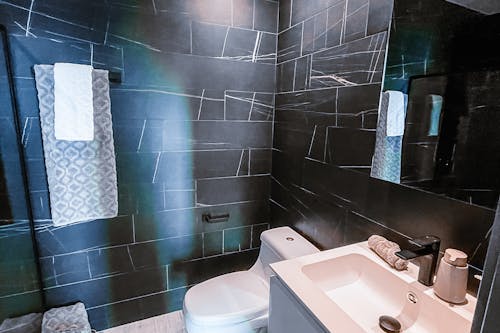
Even the most confident guest doesn’t want to wander through your house looking for the bathroom. If you say “make yourself at home” but don’t give basic orientation, it creates awkwardness. People want to feel comfortable, not lost.
A quick tour or a simple “the bathroom’s down the hall to the left” goes a long way. It’s a small gesture that makes guests feel truly welcomed—and saves them from guessing which door leads to the powder room.
3. “I Hope I’m Not in the Way”
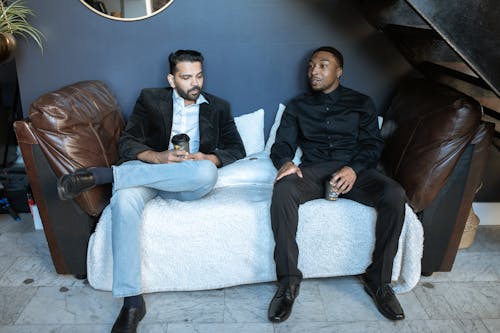
Guests want to relax, but they also don’t want to overstep. If your home feels too pristine, too quiet, or too curated, “make yourself at home” can feel like a trap. They’ll wonder if they’re messing up your vibe just by being there.
Create a space that feels lived-in and welcoming—cozy throws, visible snacks, music playing. The more relaxed your environment, the more your guests will believe you mean it. Comfort is contagious.
4. “Can I Really Touch Anything?”
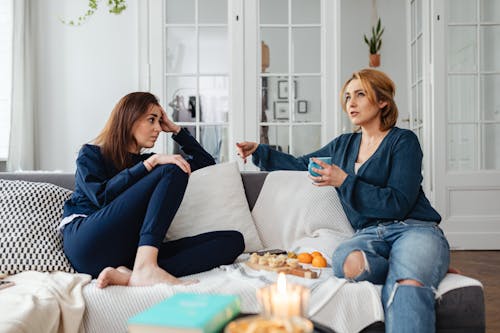
When everything looks perfectly styled or fragile, guests hesitate to move a pillow, grab a glass, or sit on the “nice” chair. “Make yourself at home” feels hollow if the space feels untouchable. People don’t want to feel like they’re in a museum.
Make sure there are obvious cues that say “yes, this is for you”—like a tray of drinks, a stack of magazines, or a cozy blanket within reach. Accessibility is the secret to authenticity.
5. “I Don’t Know Where Anything Is”
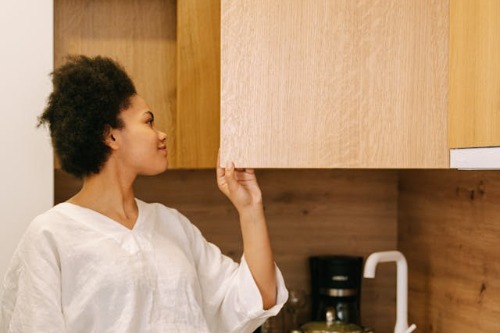
Guests want to help—whether it’s setting the table or grabbing a refill—but if they don’t know where things are, they’ll hesitate. “Make yourself at home” without guidance can feel like a test. No one wants to open the wrong cabinet five times looking for a glass.
Point out where the essentials are: cups, napkins, snacks, the trash bin. A little direction makes people feel empowered, not intrusive. It’s not about control—it’s about clarity.
6. “I’m Not Sure What the Rules Are”
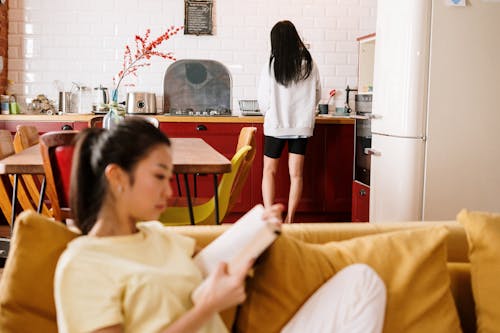
Can they put their feet on the coffee table? Is it okay to use their phone at dinner? Should they take off their shoes? “Make yourself at home” can be confusing if your home has unspoken rules. Guests want to be respectful—but they need to know what that looks like.
Set the tone early with gentle cues or casual comments. If you’re a shoes-off household, say so. If you’re chill about spills, let them know. Boundaries make people feel safer—not restricted.
7. “I’ll Wait for You to Go First”
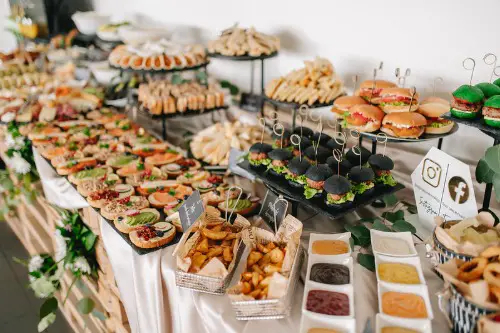
Even if you say “help yourself,” most guests will wait for you to model what that looks like. They’ll follow your lead—so if you’re standing awkwardly or hovering, they will too. If you’re relaxed, they’ll relax.
Sit down, pour yourself a drink, grab a snack. Your behavior sets the tone more than your words. Hospitality is a vibe—and it starts with you.
8. “Thanks, But I’ll Still Be a Guest”
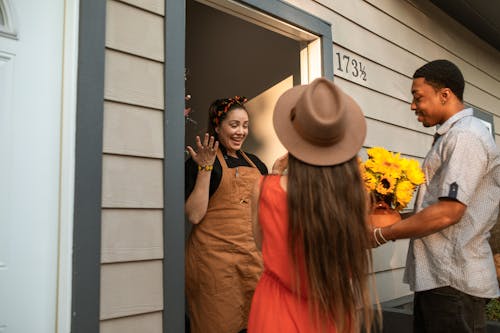
At the end of the day, most guests won’t truly act like they’re at home—because they’re not. And that’s okay. “Make yourself at home” is less about literal behavior and more about emotional permission. It’s about saying, “You’re safe here. You’re welcome here.”
So don’t expect guests to raid your fridge or nap on your couch. Just make them feel like they could. That’s the real magic of great hosting.
This post 8 Things Guests Really Think When You Say “Make Yourself at Home” was first published on Greenhouse Black.
